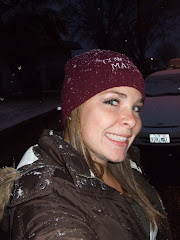
A transitive verb is incomplete without a direct subject. To get a better understanding of what that is actually saying, lets look at a few examples. The shelf holds three books and a glass vase, the committee named a new chairperson, the child broke the plate. All of those sentences have a direct subject being used, holds, named, and broke. Without these a sentence can become boring and confusing. The following are some examples of when there are no transitive verb, but there should have been. The shelf holds, the committee named, or the child broke. Those sentences seem to stop and leave us thriving for more information.
Intransitive verbs cannot take a direct subject. To better understand this one the following examples help explain it. This plant has thrived on the south windowsill. Has thrived is the intransitive verb and the prepositional phrase, on the south windowsill, describes where the plant has thrived. Another example is, the train from Montreal has arrived four hours late. The ins transitive verb, has arrived takes no direct object, and the noun phrase four hours late acts as an adverb describing when the train arrived. One more example just to help get the idea is, the painting was hung on the south wall of the room. Was hung is the intransitive verb because its not taking the direct object, and on the south wall of the room is describing where the painting was hung.
I have had trouble mostly with using the transitive verbs. I tend to start writing and have too many other things on my mind to remember to finish my sentences. The things i find best that helps me is to set my writing aside and come back to it later. This insure that I catch all my stupid mistakes. If you want to find more information on these verbs visit this website, it has really great information and is from a reliable source.





No comments:
Post a Comment